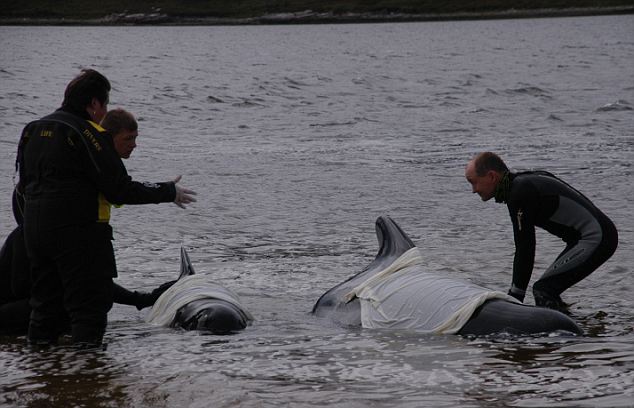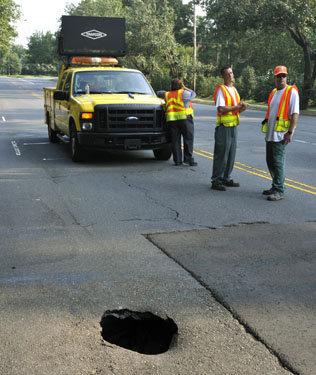OF THE
TIMES
Lemekani Phiri : "The tremor was located in Itezhi-Tezhi district. This is due to the man-made lake there. The weight of the new water body and lubrication of formerly idle faults by the water most likely caused it. And yes, Zambia has the ability to measure (so called Richter scale) and accurately locate the quake. Check with the Geological Survey Zambia. There have been such tremors infrequently since the completion of the lake construction."
"We've always have tremors in Zambia even before the Kariba was made. Its just that they are not as often as those in Asia and South Europe. In Zambia they are like a comet, a rare phenomenon. How do you explain the one that took place in Mocambique and Zim? I think it has something to do with the rift valley. The only advice I can give is for those building houses to put up strong ones. Let's take a leaf from Japan. Thank God no major damages nor serious injuries reported."


During June 2011, the lightning localization system registered around 122,000 discharges to the ground with electric currents greater than 5000 A. This is the greatest number registered during June month since the monitoring system began in 2002. The previous highest value was around 52,000 registrations, which was noted in 2002.They note the significance of this in stating that the average number of these discharges registered for a whole year is 170,000, compared to 122,000 this June alone. Occurrences of lightning in June exceeded the total for 2005, as well as for 2007.